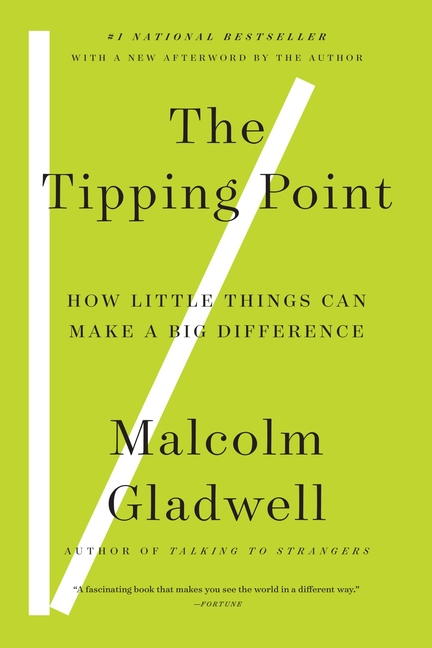Jack Covert Selects - The Anatomy of Buzz Revisited
August 18, 2009
The Anatomy of Buzz Revisited: Real-Life Lessons in Word-of-Mouth Marketing by Emanuel Rosen, Broadway Business, 384 pages, $15. 95, Paperback, February 2009, ISBN 9780385526326 One of the first books I recommended when I started writing Jack Covert Selects reviews in 2000 was Emanuel Rosen's The Anatomy of Buzz. Ahead of his time, Rosen wrote the first book on word of mouth marketing, using the word “buzz” to describe people talking about the products and services they love.
The Anatomy of Buzz Revisited: Real-Life Lessons in Word-of-Mouth Marketing by Emanuel Rosen, Broadway Business, 384 pages, $15.95, Paperback, February 2009, ISBN 9780385526326
One of the first books I recommended when I started writing Jack Covert Selects reviews in 2000 was Emanuel Rosen's The Anatomy of Buzz. Ahead of his time, Rosen wrote the first book on word of mouth marketing, using the word “buzz” to describe people talking about the products and services they love. At the time, Malcolm Gladwell's The Tipping Point had just come out and opened the floodgates of interest in how ideas spread. Rosen's The Anatomy of Buzz should be considered just as significant a publishing event.
For this new edition, Rosen went back and rewrote two-thirds of the book with updated research, theories, and anecdotes that have been developed over the last decade. The work of BzzAgents and Brains on Fire, standout word-of-mouth marketing agencies that didn't exist when Rosen wrote the first edition, now appear alongside his original discussions of the phenomenon of Birkenstocks and the African soap opera Soul City. The role of social media sites like Facebook, LinkedIn, Digg, and Yelp now appear as examples of the power of personal networks in word-of-mouth marketing.
Rosen's new information discusses primarily the nuances of word-of-mouth marketing. While he says that historically "most marketing research focuses on finding the right message that will persuade someone to buy a product," he explains that agencies like Proctor & Gamble offspring Tremor are now more intent on finding out what people will talk about. Or, in another example, rather than focusing on "what" people talk about, Andrea Wojnicki focused on "how often" people talk while earning her doctorate at Harvard,. She wanted to know what influenced the frequency with which people talk about their experiences. She discovered that while experts and non-experts shared bad experiences equally, experts told twice as many people about a good experience as non-experts did.
By reviewing The Anatomy of Buzz Revisited, I am doing something I haven't done before—recommending a book for the second time. But when it comes to understanding how and why ideas spread, there are just as many reasons to read Rosen now as there were almost ten years ago.


